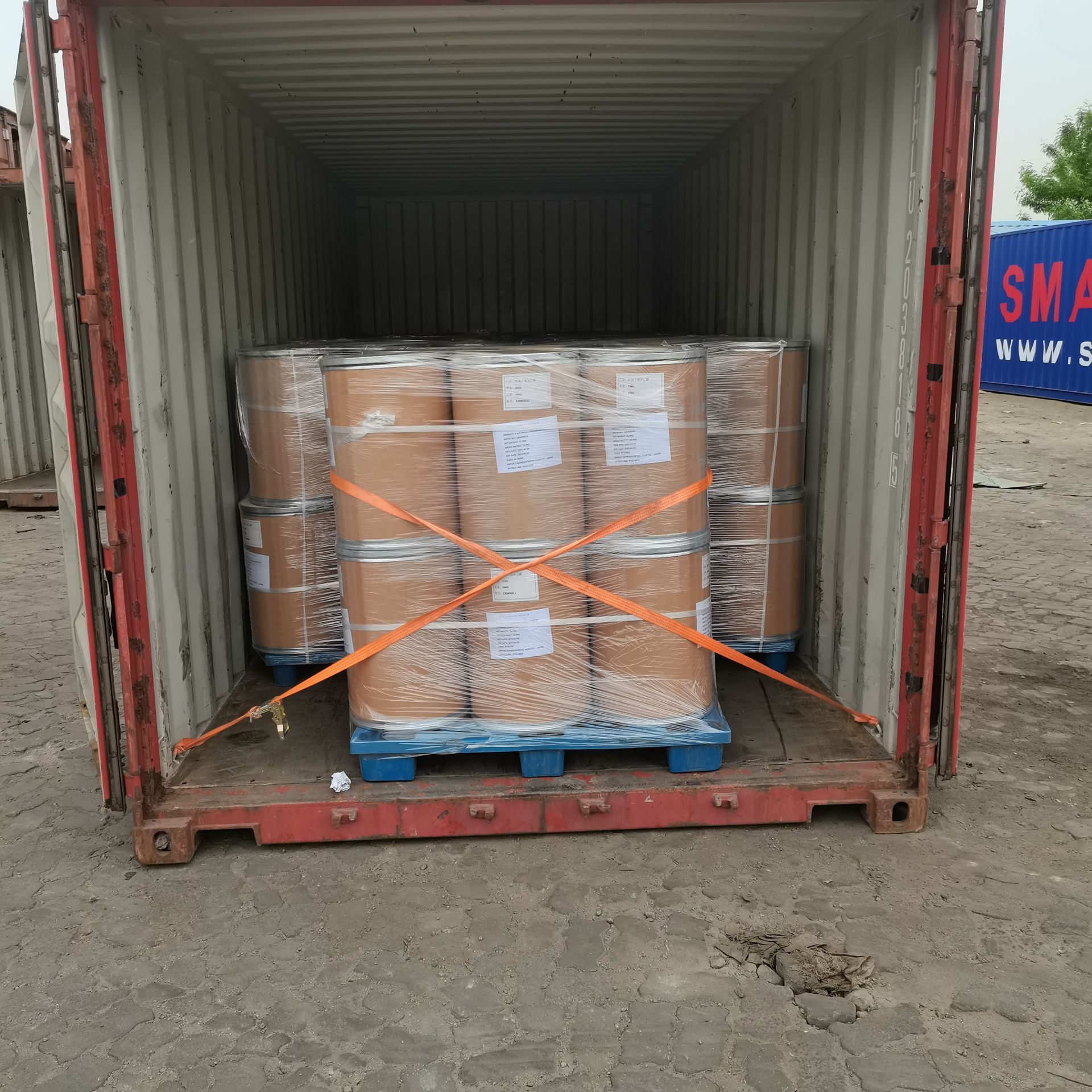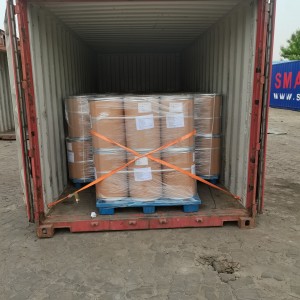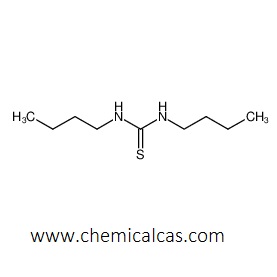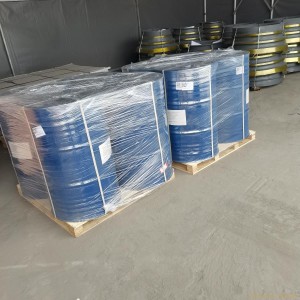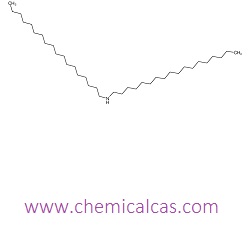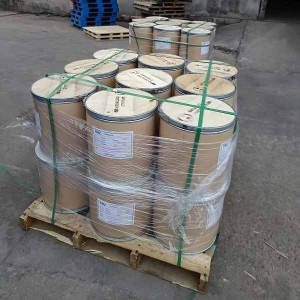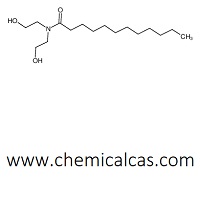CAS 72-19-5 L-threonine
L-threonine CAS 72-19-5 is an organic compound with the chemical formula C4H9NO3 and the molecular formula NH2-CH (COOH) – CHOH-CH3.
L-threonine was discovered in fibrin hydrolysates by W. C. Ro in 1935 and proved to be the last essential amino acid discovered. Its chemical name is α— Amino – β— Hydroxybutyric acid has four stereoisomers, and only the L-type has biological activity.
Chinese name: L-threonine
Foreign name: L-Threonine
(2S, 3R) -2-Amino-3-hydroxybutyric acid a-Amino- β- Hydroxybutyric acid
Nickname: L-hydroxybutyric acid (2S, 3R) -2-amino-3-hydroxybutyric acid, L- α- Amino group- β- Hydroxybutyric acid, L-Isohyphae amino acid L- α- Amino group- β- Hydroxybutyric acid
Chemical formula: C4H9NO3
Molecular weight: 119.1192
CAS login number: 72-19-5
EINECS login number: 200-774-1
Molecular formula: NH2-CH (C00H) – CHOH-CH3
Flash point: 162.94 ℃
Boiling point: 345.80 ℃
Density: 1.307g/cm ³
Purpose
1. Mainly used as a nutritional supplement. Coheating with glucose can easily generate burnt and chocolate aromas, which have a fragrance enhancing effect. It can also be used for biochemical research.
2. As a dietary nutrient enhancer, threonine is an essential amino acid. Threonine is often added to the feed of juvenile piglets and poultry, and is the second limiting amino acid in pig feed and the third limiting amino acid in poultry feed. Added to feed mainly consisting of grains such as wheat and barley.
3. Nutritional additives, also used for preparing amino acid infusion and comprehensive amino acid preparations.
4. Used as an auxiliary treatment for peptic ulcers. It can also treat cardiovascular diseases such as anemia and angina, arteritis, and cardiac insufficiency.
5. L-threonine is composed of W C. Rose isolated and identified it from the hydrolysates of fibrin in 1935, and it has been proven to be the last essential amino acid discovered. It is the second or third limiting amino acid of livestock and poultry, and has extremely important physiological effects in animals. Such as promoting growth and improving immune function; Balance the amino acids in the diet to make the amino acid ratio closer to the ideal protein, thereby reducing the requirements of livestock and poultry for protein content in the feed. Lack of threonine can lead to symptoms such as reduced feed intake, stunted growth, decreased feed utilization, and immune suppression in animals. In recent years, synthetic products of lysine and methionine have been widely used in feed, and threonine has gradually become a limiting factor affecting animal production performance. Further research on threonine can help effectively guide livestock and poultry production.
L-threonine (L-threonine) is an essential amino acid that cannot be synthesized by animals themselves. It can be used to accurately balance the amino acid composition of feed, meet animal growth and maintenance needs, increase weight gain and lean meat percentage, and reduce feed to meat ratio; It can improve the nutritional value of feed materials with low amino acid digestibility and improve the production performance of low energy feed; It can reduce the level of crude protein in feed, improve the nitrogen utilization rate of feed, and reduce feed costs; It can be used for the breeding and breeding of pigs, chickens, ducks, and advanced aquatic products. L-threonine is a feed additive produced by using bioengineering principles and using raw materials such as corn starch through liquid deep fermentation and refinement. Adjustable amino acid balance in feed can promote growth, improve meat quality, improve the nutritional value of feed ingredients with low amino acid digestibility, and produce low protein feed. This helps to save protein resources, reduce feed material costs, reduce nitrogen content in livestock manure and urine, as well as ammonia concentration and release rate in livestock and poultry houses. Widely used for adding piglet feed, breeding pig feed, broiler feed, shrimp feed, and eel feed. [1]
6. L-threonine (L-threonine) is the only amino acid in the body that does not undergo deamination and transamination, but is directly converted into other substances through the catalysis of threonine dehydratase, threonine dehydrogenase, and threonine aldolase. For example, threonine can be converted into butyryl CoA, succinyl CoA, serine, glycine, etc. In addition, excessive threonine can increase lysine levels- α- The activity of ketogluconate reductase can be eliminated by adding an appropriate amount of threonine to the diet, resulting in a decrease in body weight gain caused by excessive lysine. The protein/deoxyribonucleic acid (DNA) and RNA/DNA ratio in liver and muscle tissues decrease. Adding threonine can also alleviate growth inhibition caused by excessive tryptophan or methionine. According to reports, most of the absorption of threonine by chickens occurs in the duodenum, crop, and glandular stomach. After absorption, threonine quickly transforms into liver proteins and is deposited in the body.
ChemicalCAS.com offers price quotation and technology support of chemical from China. In the quotation from China factory supplier, we will include price terms, payment, lead time, COA, TDS, MSDS etc. We make sure the reliable purchase source and product quality. If you need to buy chemical from China, please feel free to contact sales@chemicalcas.com






